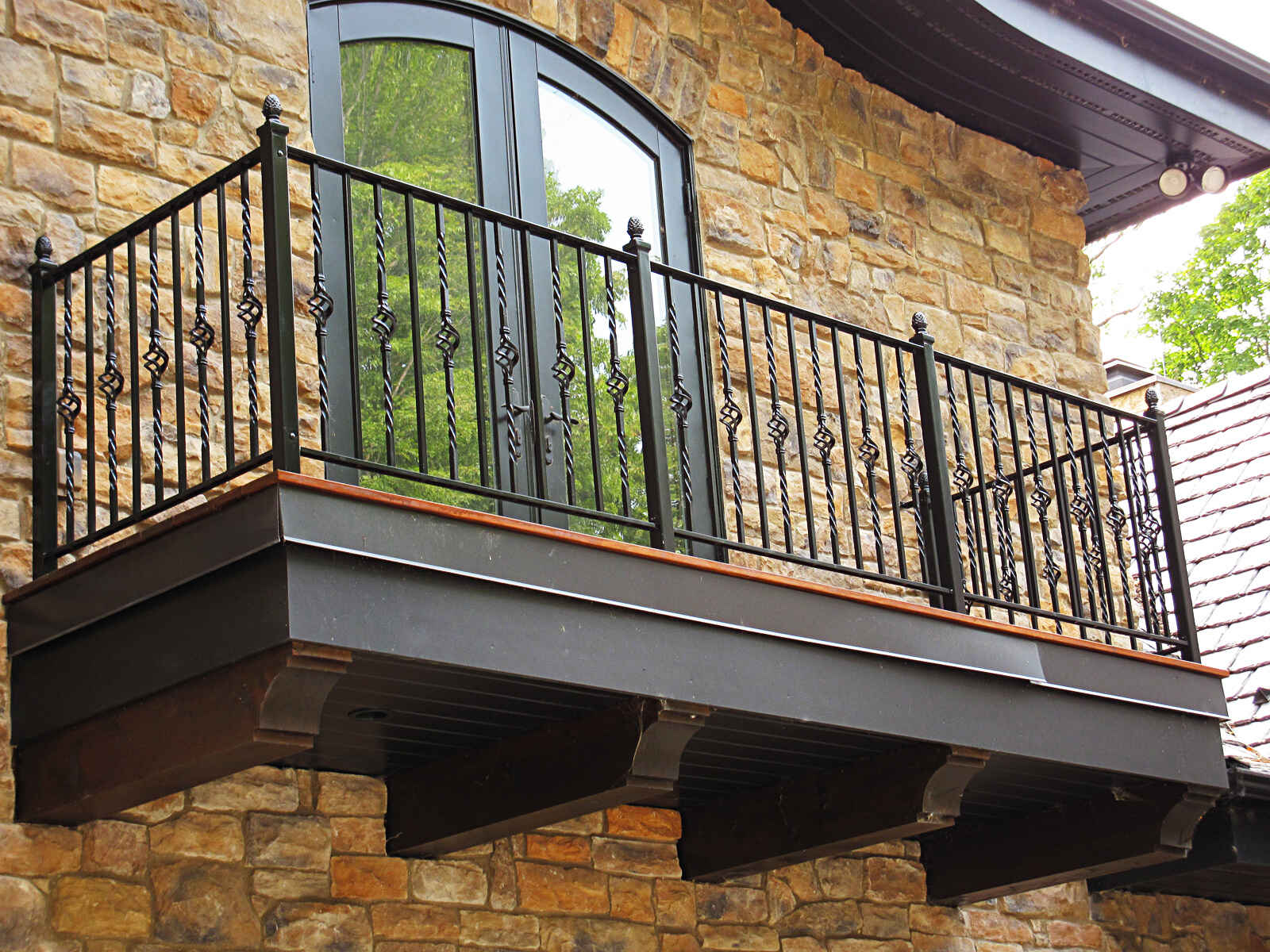

Articles
What Is Balcony
Modified: October 23, 2024
Learn about the different types of balconies and their design considerations in this informative collection of articles. Discover how to maximize your outdoor living space with these balcony ideas.
(Many of the links in this article redirect to a specific reviewed product. Your purchase of these products through affiliate links helps to generate commission for Storables.com, at no extra cost. Learn more)
Introduction
Welcome to the world of balconies! Whether you live in a high-rise apartment, a suburban home, or a countryside retreat, a balcony is a wonderful addition to any living space. It provides a cozy outdoor sanctuary where you can soak up the sun, enjoy a cup of coffee in the fresh air, or simply take in sweeping views of the surrounding landscape.
A balcony is essentially an elevated platform that extends from the exterior of a building, typically at an upper level. It serves as an outdoor living area or an extension of an indoor space, offering a unique connection between the indoors and outdoors. Balconies can be found in various architectural styles, ranging from traditional and classical designs to modern and contemporary ones.
In this article, we will delve into the world of balconies, exploring their fascinating history, the different types available, the benefits of having a balcony, design and material considerations, maintenance tips, safety considerations, and even some popular balcony ideas for inspiration.
So, whether you already have a balcony that needs sprucing up, or you are contemplating adding one to your home, this comprehensive guide will offer you valuable insights and practical advice to make the most of your balcony experience.
Key Takeaways:
- Balconies offer a seamless connection to the outdoors, expanding living space and providing a private sanctuary for relaxation, socializing, and enjoying the beauty of nature right at home.
- From cozy reading nooks to vibrant tropical retreats, balconies offer endless possibilities for creating personalized outdoor oases that reflect individual style and enhance the outdoor living experience.
Read more: What To Do With Balcony
Definition of a Balcony
A balcony is an elevated platform or deck that protrudes from the exterior of a building, typically at an upper level. It is typically enclosed by a railing or balustrade for safety and can be accessed through a door or window from inside the building. Balconies can vary in size, shape, and design, ranging from small intimate spaces to larger areas that can accommodate seating or outdoor furniture.
The primary purpose of a balcony is to provide an outdoor space where individuals can enjoy fresh air, natural light, and outdoor views while still being in the comfort of their own home. Balconies serve as an extension of indoor living spaces, creating an outdoor sanctuary for relaxation, recreation, and socializing.
Balconies can be found in various types of buildings, including residential homes, apartments, hotels, and commercial establishments. They are a common feature in urban areas where outdoor space is limited, offering residents a private outdoor retreat.
While balconies are often located at higher levels of a building, some low-rise structures may also have ground floor balconies that provide direct access to outdoor areas such as gardens or patios.
It’s important to note that balconies are distinct from terraces, which are typically larger, uncovered outdoor spaces that are directly accessible from the ground floor. Terraces are commonly found in houses and larger properties, providing expansive outdoor areas for various activities.
Overall, a balcony is a versatile and valuable addition to any building, offering a seamless blend of indoor and outdoor living, allowing individuals to connect with nature and enjoy the benefits of the great outdoors right at their doorstep.
Historical Background
The concept of balconies dates back thousands of years, with their origins tracing back to ancient civilizations. Balconies have been a prominent architectural feature in various cultures throughout history, playing both functional and aesthetic roles.
Ancient civilizations such as the Greeks and Romans were known to incorporate balconies into their architectural designs. The Greeks used balconies as outdoor spaces for social gatherings and performances, while the Romans built grand balconies as part of their influential architectural structures, including villas, amphitheaters, and aqueducts.
During the medieval period, balconies became a symbol of wealth and status, especially in European countries. Castles, palaces, and stately homes often featured ornate balconies, adorned with decorative elements such as intricate ironwork and sculptural details. These balconies provided a vantage point for the noble residents to observe events, festivals, and parades taking place in the surrounding areas.
In the Renaissance period, balconies gained popularity as elements of elegant and opulent architecture. They were seen as an extension of the indoor living spaces, offering a place for leisure, entertainment, and a view of the surrounding beauty. Italian Renaissance architects, such as Andrea Palladio, incorporated balconies into their influential designs, showcasing their appreciation for aesthetic harmony and balance.
With the rise of modern architecture in the 19th and 20th centuries, balconies took on new forms and functions. The advent of steel and reinforced concrete allowed for more innovative and daring designs. Balconies began to serve practical purposes, such as outdoor access from upper levels, as well as aesthetic functions, contributing to the overall visual appeal of buildings.
Today, balconies continue to be an integral part of architecture, with designs that range from classical to contemporary. They offer individuals a connection to the outdoors, a space to relax and enjoy nature, and a unique perspective on the surrounding environment.
From ancient civilizations to modern times, balconies have evolved both in terms of design and functionality. They are a testament to the enduring appeal of incorporating outdoor elements into our built environment, enhancing our quality of life and providing us with a place to escape and unwind.
Types of Balconies
When it comes to balconies, there is a wide variety of types to choose from. The specific type of balcony you may have or want to install will depend on factors such as the architectural style of your building, the available space, and your desired functionality. Here are some common types of balconies:
- Juliet Balcony: Named after Shakespeare’s famous character, Juliet balconies are small, decorative balconies that are often found on the upper floors of buildings. They are typically installed as French doors or floor-to-ceiling windows that open outward, providing an unobstructed view and allowing fresh air into the room. Juliet balconies are ideal for adding a touch of elegance and architectural interest to your home, especially if you have limited outdoor space.
- False Balcony: Also known as a “faux” or “fake” balcony, a false balcony is a decorative element that creates the illusion of a balcony without actually providing a usable outdoor space. False balconies are often added to the facade of a building for aesthetic purposes. They can feature ornate railings, flower boxes, and other decorative elements, enhancing the overall architectural appeal.
- Railed Balcony: The most common type of balcony is the railed balcony, which features a raised platform enclosed by a railing or balustrade. Railed balconies provide a secure outdoor space where you can relax, enjoy the view, and spend time outdoors. The design and style of the railing can vary, ranging from simple and minimalist to ornate and decorative, depending on your preferences and the overall aesthetic of your home.
- Wraparound Balcony: As the name suggests, a wraparound balcony wraps around a portion of the exterior of a building, extending from one side to another. These balconies are often found in larger houses or buildings and provide multiple access points and expansive outdoor areas. Wraparound balconies are perfect for those who want to take advantage of different views and enjoy various outdoor spaces.
- Suspended Balcony: Also known as cantilevered balconies, suspended balconies are designed to appear as if they are floating in mid-air. These types of balconies are supported by beams or columns projecting from the building’s facade, rather than being supported from below. Suspended balconies create a visually striking and unique appearance, making a bold architectural statement.
These are just a few examples of the types of balconies available. There are also other variations, such as loggia balconies, terrace balconies, and more, each with its own distinct design and characteristics. Ultimately, the type of balcony you choose will depend on your personal preferences, architectural considerations, and the intended use of the outdoor space.
Benefits of Having a Balcony
Having a balcony can offer a range of benefits that enhance your living experience and add value to your home. Here are some of the key advantages of having a balcony:
- Outdoor Connection: A balcony provides a seamless connection between the indoors and outdoors, allowing you to enjoy the benefits of the great outdoors without leaving the comfort of your home. It offers a private and tranquil space where you can breathe in fresh air, soak up the sun, and appreciate the natural beauty surrounding your property.
- Expands Living Space: Balconies effectively expand your living space, providing an additional area that can be used for various purposes. Whether you turn it into a cozy reading nook, a spot for gardening, or an outdoor dining area, a balcony offers versatility and flexibility to accommodate your lifestyle and interests.
- Natural Light and Views: Balconies allow an influx of natural light into your home, brightening up your indoor spaces and creating a warm and inviting atmosphere. They also provide breathtaking views of your surroundings, whether it’s a picturesque landscape, a bustling cityscape, or a serene garden.
- Relaxation and Recreation: With a balcony, you have your own personal retreat where you can unwind, relax, and escape the hustle and bustle of daily life. Whether you choose to read a book, meditate, or simply enjoy a cup of coffee, a balcony offers a peaceful sanctuary that promotes relaxation and rejuvenation.
- Socializing: Balconies provide an ideal space for entertaining friends and family. You can host small gatherings, enjoy al fresco meals, or simply have meaningful conversations while enjoying the outdoor ambiance. Balconies create a welcoming environment that encourages social interaction and fosters connections.
- Privacy: Depending on the location and design of your balcony, it can offer a sense of privacy. You can enjoy the outdoor space without feeling exposed to neighbors or passersby. Whether you want to enjoy a quiet moment alone or spend quality time with loved ones, a balcony provides intimacy while still being part of the external environment.
- Aesthetic Appeal: Balconies add charm, character, and architectural interest to your home. They contribute to the overall aesthetic appeal of the building, enhancing its visual impact and curb appeal. Whether your balcony features ornate ironwork, lush greenery, or a sleek modern design, it becomes a design statement that adds value to your property.
These are just some of the benefits of having a balcony. Each individual may have their own unique reasons for desiring a balcony, whether it be for practical purposes, emotional well-being, or simply the joy of connecting with nature. Regardless of the specific advantages, a balcony undoubtedly enriches your living environment and offers countless opportunities to enjoy the great outdoors from the comfort of your home.
Read more: What Is A Cantilever Balcony
Balcony Design and Materials
The design and materials used for your balcony play a crucial role in its overall aesthetic appeal, functionality, and durability. Here are some key factors to consider when designing your balcony:
- Architectural Style: The design of your balcony should complement the architectural style of your home or building. Whether your property is traditional, modern, or somewhere in between, the balcony design should align with the overall look and feel of the structure. Consider the shapes, lines, and proportions that best harmonize with the existing architecture.
- Size and Layout: The size and layout of your balcony will depend on various factors, including available space and intended use. Determine whether you want a small intimate balcony or a larger space for entertaining guests. Consider how the balcony will integrate with the indoor rooms and outdoor surroundings.
- Railing Design: The design of the railing or balustrade is an essential element of balcony aesthetics and safety. Choose a railing design that complements the architectural style of your home. Options range from sleek and modern glass panels to ornate ironwork or classic wood railings. Ensure that the railing design meets local building codes for safety.
- Flooring Materials: The choice of flooring material for your balcony will impact its durability, maintenance requirements, and overall appearance. Popular balcony flooring options include wood, composite decking, stone, concrete, and tile. Consider factors such as weather resistance, comfort underfoot, and how the flooring material will blend with your desired design aesthetic.
- Privacy Considerations: Depending on your preferences and surroundings, you may want to incorporate privacy features into your balcony design. This can be achieved through the use of privacy screens, trellises, pergolas, or strategically placed plants that create a sense of seclusion without obstructing views and natural light.
- Lighting: Balcony lighting not only adds to the ambiance but also extends its usability into the evening hours. Consider incorporating various types of lighting, such as wall sconces, string lights, or recessed lighting in the ceiling or floor. Lighting should be chosen to suit the intended atmosphere and purpose of the balcony space.
- Greenery and Landscaping: Incorporating plants and landscaping elements on your balcony can bring life and color to the space. Consider adding potted plants, hanging baskets, or even vertical gardens, depending on the size and weight-bearing capacity of your balcony. Greenery can enhance the aesthetics and create a soothing, natural environment.
When designing your balcony, it’s essential to strike a balance between aesthetics, functionality, and practicality. The choice of materials should ensure long-term durability and low maintenance, considering factors such as weather resistance, durability, and ease of cleaning. Consulting with an architect or design professional can help you make informed decisions and create a balcony design that perfectly suits your needs and enhances your living space.
A balcony is a platform that projects from the wall of a building, typically enclosed by a railing, and is used for outdoor space or as an extension of a room. It can be a great place to relax and enjoy the view.
Common Features and Accessories
When it comes to enhancing the functionality and aesthetics of your balcony, there are various features and accessories that you can incorporate. These elements not only add convenience and style but also enhance your overall balcony experience. Here are some common features and accessories often found in balconies:
- Seating Options: Comfortable seating is essential to enjoy your balcony to the fullest. Depending on the available space and your preferences, you can choose from a range of options such as lounge chairs, Adirondack chairs, benches, or even a cozy outdoor sofa set. Consider weather-resistant cushions or furniture materials that can withstand outdoor conditions.
- Tables: Having a table on your balcony provides a convenient surface for dining, working, or enjoying drinks and appetizers. Consider the size and material of the table to fit your balcony space and design aesthetic. Options include bistro tables, coffee tables, bar-height tables, or folding tables for space-saving solutions.
- Shade Solutions: Depending on the climate and sun exposure of your balcony, you may want to incorporate shade solutions to create a comfortable outdoor environment. Options include umbrellas, retractable awnings, sunshades, or pergolas with a canopy. These features not only provide shade but can also add a touch of elegance to your balcony.
- Storage: If you have limited space or want to keep your balcony clutter-free, consider incorporating storage solutions. This can include storage benches, outdoor cabinets, or shelving units. These provide a place to store essential items, such as gardening tools, cushions, or outdoor decorations.
- Outdoor Lighting: Proper lighting enhances the ambiance and usability of your balcony, especially during evenings or darker hours. Consider adding string lights, lanterns, wall sconces, or even solar-powered LED lights to create a cozy atmosphere. Lighting can highlight architectural features, create a warm glow, and add an element of charm to your balcony space.
- Decorative Accessories: Adding decorative elements can personalize your balcony and elevate its overall appearance. Consider incorporating items such as outdoor rugs, throw pillows, planters, artwork, or outdoor wall decor. These accessories can reflect your style and add visual interest to the space.
- Greenery and Planters: Introducing plants and greenery on your balcony brings life and beauty to the space. Choose a variety of potted plants, hanging baskets, or vertical gardens to add a touch of nature. Consider the size and weight of planters to ensure they are suitable for your balcony. Plants not only enhance aesthetics but can also improve air quality and create a peaceful environment.
Remember, the choice of features and accessories for your balcony should align with your personal style, preferences, and the overall design of your outdoor space. Consider functionality, durability, and ease of maintenance when selecting these elements to create a balcony that is not only visually appealing but also practical and enjoyable.
Maintenance and Care Tips
Maintaining your balcony is essential to ensure its longevity, safety, and aesthetics. Regular care and attention will help keep your outdoor space in optimal condition. Here are some maintenance and care tips to keep your balcony looking its best:
- Clean Regularly: Sweep or brush your balcony regularly to remove dust, debris, and leaves. Depending on the material of your balcony flooring, you may need to use a mild detergent or specialized cleaner to remove stains or grease. Avoid using harsh chemicals that can damage the surface.
- Inspect for Wear and Tear: Conduct regular inspections to identify any signs of wear and tear. Check for loose or damaged railing components, loose flooring boards, or cracks in the flooring material. Address any issues promptly to maintain the safety and structural integrity of your balcony.
- Waterproofing: If your balcony is not already waterproofed, consider applying a waterproof sealant or coating to protect against water damage. This is particularly important for wooden balconies or balconies located in areas prone to rain or moisture.
- Monitor and Clean Drainage: Ensure that your balcony’s drainage system, such as gutters or drains, is free from blockages and functioning properly. Clean them regularly to prevent water accumulation or leaks that can lead to damage.
- Protect Furniture and Accessories: If you have furniture or accessories on your balcony, consider using protective covers during periods of inclement weather or when they are not in use. This will help prevent damage from the elements and prolong their lifespan.
- Trim Plants and Greenery: If you have plants or greenery on your balcony, regularly trim and maintain them to prevent overgrowth that can obstruct views or cause damage. Remove dead leaves or flowers to keep the space tidy and vibrant.
- Seal and Paint: If you have a wooden balcony, periodic sealing and painting can help protect the wood from weathering and UV damage. Consult with a professional for the appropriate sealant and paint products suitable for outdoor use.
- Prevent Pest Infestation: Keep an eye out for signs of pests such as insects or rodents. Ensure that any cracks or openings are sealed to prevent entry. Regularly remove food debris and maintain cleanliness to discourage pest infestation.
- Seasonal Maintenance: Consider undertaking specific maintenance tasks based on the seasons. For example, in fall, remove fallen leaves and debris to prevent clogging of drains or gutters. In winter, be mindful of ice accumulation and use safe de-icing methods to prevent slipping hazards.
- Consult Professionals: If you are unsure about any maintenance or repair tasks, it is recommended to seek advice from professionals such as contractors, plumbers, or electricians. They can help ensure the safety and integrity of your balcony.
By following these maintenance and care tips, you can enjoy a well-maintained and beautiful balcony that will provide years of enjoyment and enhance your outdoor living experience.
Safety Considerations
Ensuring the safety of your balcony is of utmost importance to protect yourself, your family, and any guests. Here are some key safety considerations to keep in mind:
- Railing Height and Stability: Check that your balcony railing meets local building codes and regulations. The height of the railing should be sufficient to prevent accidental falls, typically at least 42 inches for residential balconies. Ensure that the railing is securely attached and stable, with no wobbling or loose components.
- Spacing between Balusters: The spacing between the balusters or vertical posts of the railing should be small enough to prevent children or pets from squeezing through or getting stuck. Follow local regulations to determine the appropriate spacing.
- Secure Flooring: Inspect the flooring of your balcony regularly to ensure that it is stable and free from any loose or damaged boards. Replace any deteriorated or rotted sections promptly to prevent accidents or tripping hazards.
- Fire Safety: It’s important to be mindful of fire safety on your balcony. Avoid storing flammable materials or items that may pose a fire risk. If you use outdoor heating or cooking equipment, follow manufacturer instructions and ensure proper ventilation. Keep a fire extinguisher readily accessible.
- Child Safety: If you have young children, take additional precautions to ensure their safety on the balcony. Consider installing childproof locks or safety gates to prevent access to the balcony unsupervised. Educate children about balcony safety rules, such as not climbing on the railing or leaning over excessively.
- Weather Considerations: Extreme weather conditions can impact the safety of your balcony. Be mindful of high winds, storms, or heavy snow loads that can potentially weaken the structure or cause damage. Regularly inspect and maintain the balcony to ensure it can withstand different weather conditions.
- Electrical Safety: If you have electrical outlets or lighting fixtures on your balcony, make sure they are installed and maintained correctly. Use weatherproof outlets and ensure that all electrical components are protected from moisture. If you’re unsure about electrical work, consult a licensed electrician.
- Proper Use of Furniture: Ensure that any furniture or accessories you place on your balcony are stable and suited for outdoor use. Avoid placing heavy or oversized furniture that could potentially tip over. Anchor lightweight furniture if necessary, particularly in areas prone to strong winds.
- Surface Slippage: Pay attention to the slip resistance of the flooring material on your balcony. Ensure that it provides proper traction, especially when wet. Consider using slip-resistant coatings or rugs to enhance safety, particularly in areas exposed to rain or where water may accumulate.
- Maintenance and Inspections: Regularly maintain and inspect your balcony for any safety concerns. This includes checking the integrity of the railing, flooring, and any structural elements. Address any issues promptly and consult professionals if needed.
These safety considerations are essential to minimize the risk of accidents and ensure that your balcony is a secure and enjoyable outdoor space. Always prioritize safety and take appropriate measures to maintain a safe environment for yourself and others.
Read more: What Is A French Balcony?
Popular Balcony Ideas and Inspirations
Looking for inspiration to transform your balcony into a stylish and inviting outdoor space? Here are some popular balcony ideas to spark your creativity:
- Cozy Reading Nook: Create a cozy and serene reading nook on your balcony. Add a comfortable armchair or a hanging swing chair, soft cushions, and a small side table for your favorite books. Hang string lights or incorporate a floor lamp for ambient lighting, making it the perfect spot to relax and enjoy your favorite novels.
- Herb or Vegetable Garden: If you love gardening or want to grow your own fresh herbs and vegetables, consider creating a balcony garden. Use vertical planters or railing-mounted planter boxes to maximize space. Choose plants that are well-suited for container gardening, such as herbs like basil, rosemary, or cherry tomatoes.
- Mini Outdoor Dining Area: Transform your balcony into a charming outdoor dining area. Choose a bistro table and chairs or a compact dining set that fits your balcony size. Dress up the space with colorful table settings, candles, and potted plants. This setup is perfect for enjoying meals with a view or hosting intimate gatherings.
- Urban Oasis: Embrace a serene and green retreat with an urban oasis theme. Fill your balcony with lush plants, hanging baskets, and vertical gardens. Incorporate natural textures like pebbles or bamboo mats. Add comfortable seating, such as cozy lounge chairs or a hammock, to create a tranquil space amidst the city hustle.
- Outdoor Workout Area: Utilize your balcony to create a convenient workout area. Install pull-up bars or attach resistance bands for strength training. Roll out a yoga mat or use modular flooring tiles for a comfortable exercise surface. Include storage for fitness equipment, such as dumbbells or yoga props, to keep the area organized.
- Chic Bohemian Retreat: Embrace a bohemian-inspired balcony with vibrant colors, patterns, and textures. Use floor cushions or a low-seating arrangement with richly-patterned rugs. Hang dreamcatchers or macrame plant hangers. Create an eclectic atmosphere with mismatched furniture and eclectic artwork. This style is perfect for those seeking a boho-chic, relaxed ambiance.
- Mini Bar or Coffee Station: If you enjoy entertaining or want a cozy spot for your morning coffee, consider incorporating a mini bar or coffee station on your balcony. Install a small bar cart or a dedicated coffee table with a French press or espresso machine. Display glasses, cocktail ingredients, or coffee beans to create an inviting setup for drinks and conversations.
- Colorful Tropical Retreat: Transform your balcony into a vibrant and tropical paradise. Use bold and tropical-themed prints for cushion covers, rugs, and accessories. Bring in large potted palms or other tropical plants to create a lush environment. Hang colorful lanterns or rattan light fixtures to evoke a beachy vibe.
- Minimalist Zen Corner: Embrace a simple and zen-inspired balcony design. Choose minimalist furniture and decor with clean lines and neutral colors. Incorporate natural elements like bamboo screens, gravel or sand, and Japanese-inspired lanterns or water features. This serene setting is perfect for meditation or unwinding after a long day.
- Outdoor Art Studio: If you are a creative individual, turn your balcony into an outdoor art studio. Set up an easel or table for painting, sketching, or crafting. Optimize natural lighting and consider adding task lighting for evening sessions. Keep art supplies organized with wall-mounted storage or a movable cart.
These popular balcony ideas offer a range of styles and themes to suit different tastes and preferences. From cozy retreats to vibrant entertainment spaces, let your imagination run wild and create a balcony that reflects your unique personality and enhances your outdoor living experience.
Conclusion
A balcony is not just an outdoor extension of your living space, but a gateway to a world of relaxation, enjoyment, and connection with nature. Whether you have a cozy Juliet balcony or a sprawling wraparound terrace, this elevated platform offers countless possibilities for creating a personalized and enchanting outdoor sanctuary.
Throughout history, balconies have evolved from simple platforms to architectural masterpieces, serving as symbols of elegance, status, and artistic expression. Today, balconies are more accessible than ever, providing homeowners and apartment dwellers with the opportunity to customize their outdoor spaces to suit their lifestyle and design preferences.
From modern minimalist designs to lush tropical retreats, there are endless ideas and inspirations to transform your balcony into a captivating oasis. Consider the architectural style of your building, the available space, and your intended use of the balcony to guide your design choices. Pay attention to safety considerations, such as sturdy railings and slip-resistant flooring, to ensure a secure environment for you and your loved ones.
Having a balcony offers numerous benefits, including a seamless connection to the outdoors, an expansion of your living space, and a chance to relax and unwind in a private outdoor sanctuary. It’s a place where you can savor the beauty of nature, indulge in leisurely activities, or socialize with friends and family in an intimate setting.
Maintaining your balcony is vital to ensure its long-lasting beauty and structural integrity. Regular cleaning, inspections, and necessary repairs are essential tasks to keep your balcony looking its best and functioning safely. Consider incorporating features and accessories, such as seating, tables, lighting, and greenery, to enhance the aesthetics and functionality of your balcony.
Whether you’re sipping morning coffee with a view, enjoying a cozy reading nook, or hosting a gathering under the stars, a well-designed and carefully maintained balcony is an invaluable addition to any home or building.
As you embark on your balcony journey, explore the possibilities, unleash your creativity, and let your balcony become a space where dreams, relaxation, and joyful moments come to life. Embrace the charm and allure of this outdoor sanctuary and create memories that will last a lifetime.
Frequently Asked Questions about What Is Balcony
Was this page helpful?
At Storables.com, we guarantee accurate and reliable information. Our content, validated by Expert Board Contributors, is crafted following stringent Editorial Policies. We're committed to providing you with well-researched, expert-backed insights for all your informational needs.
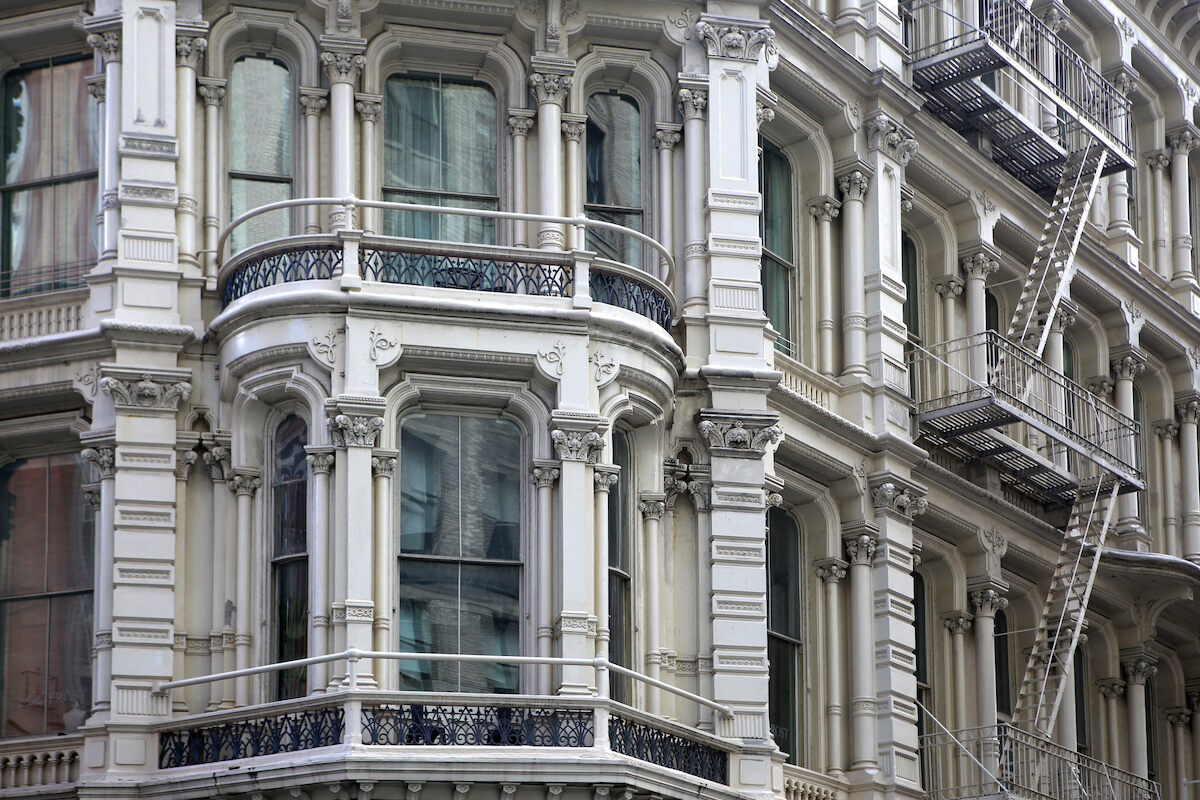
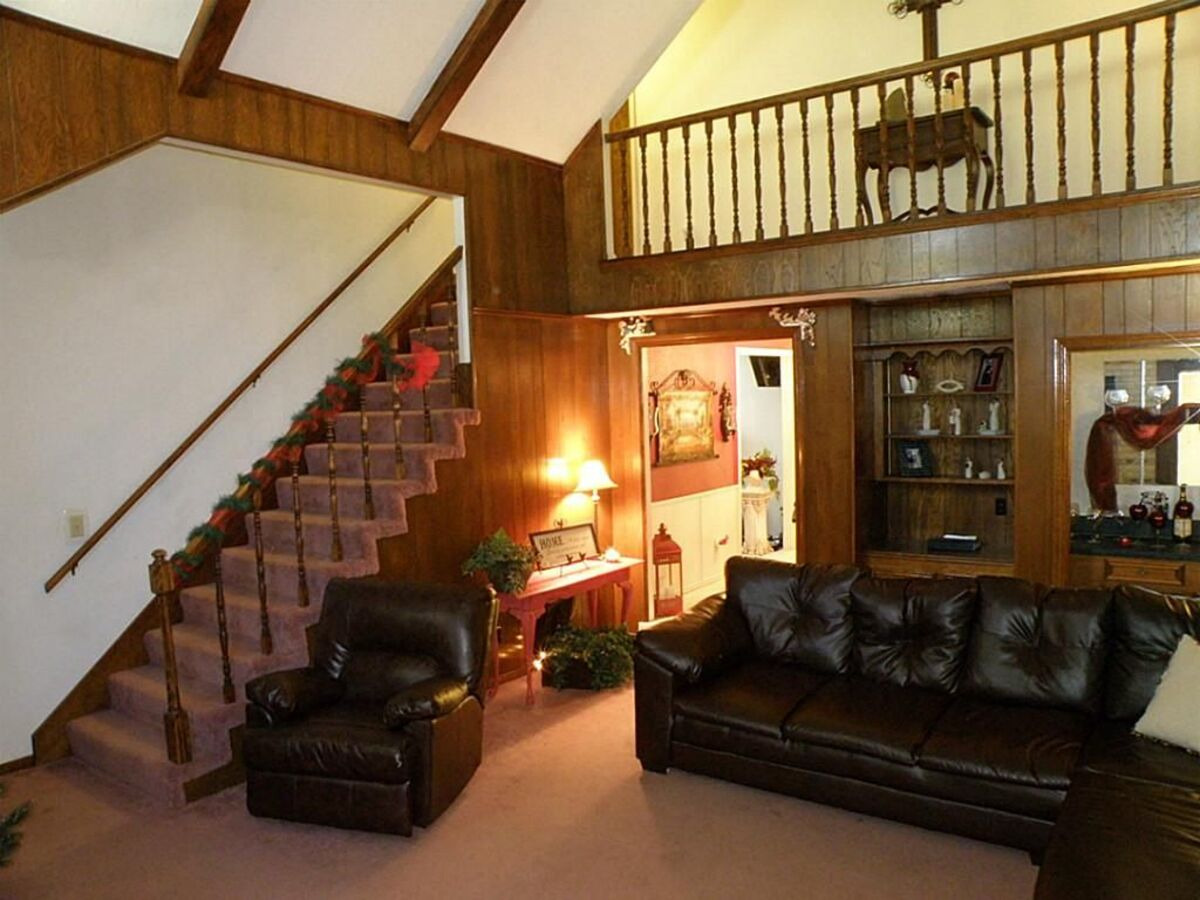
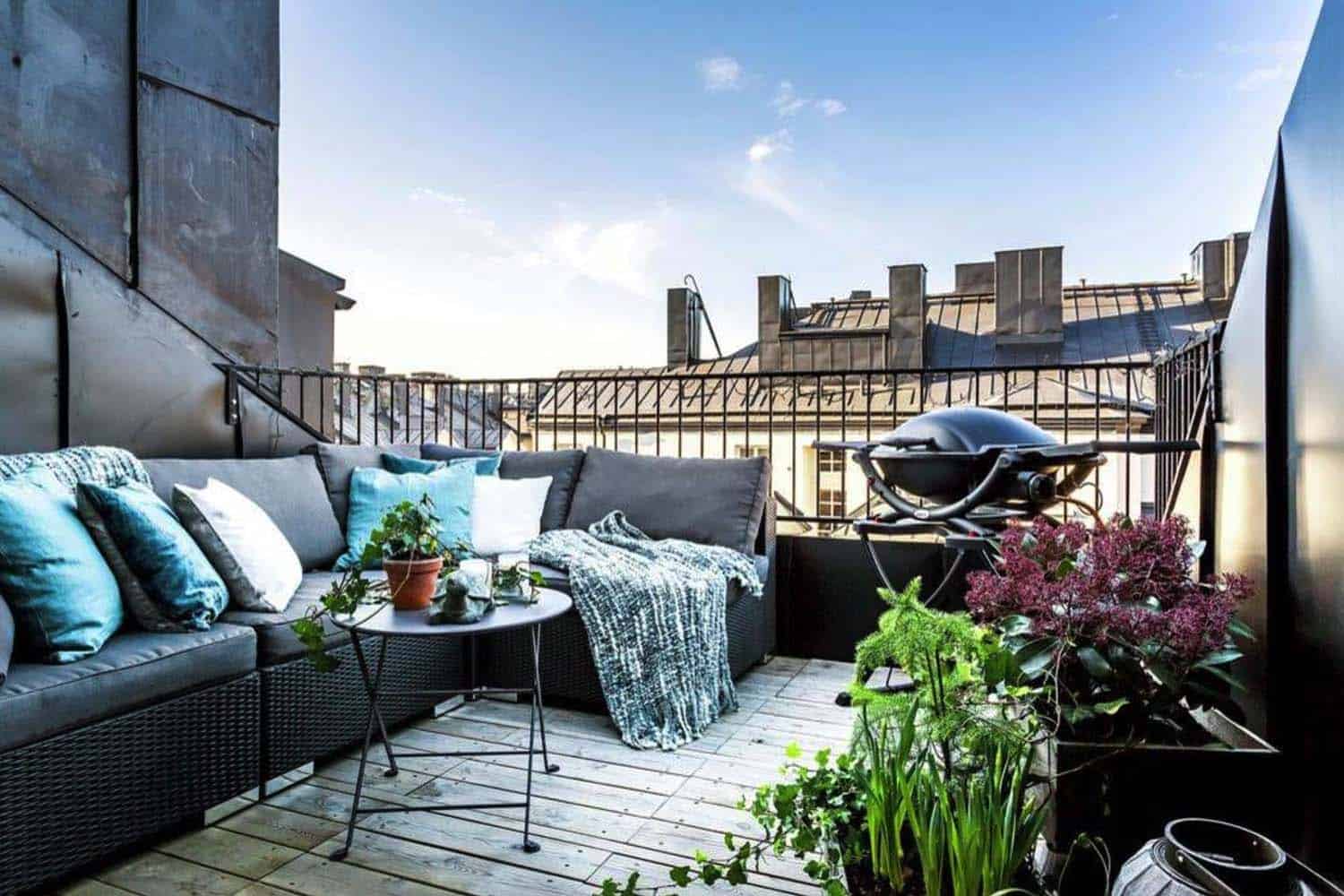
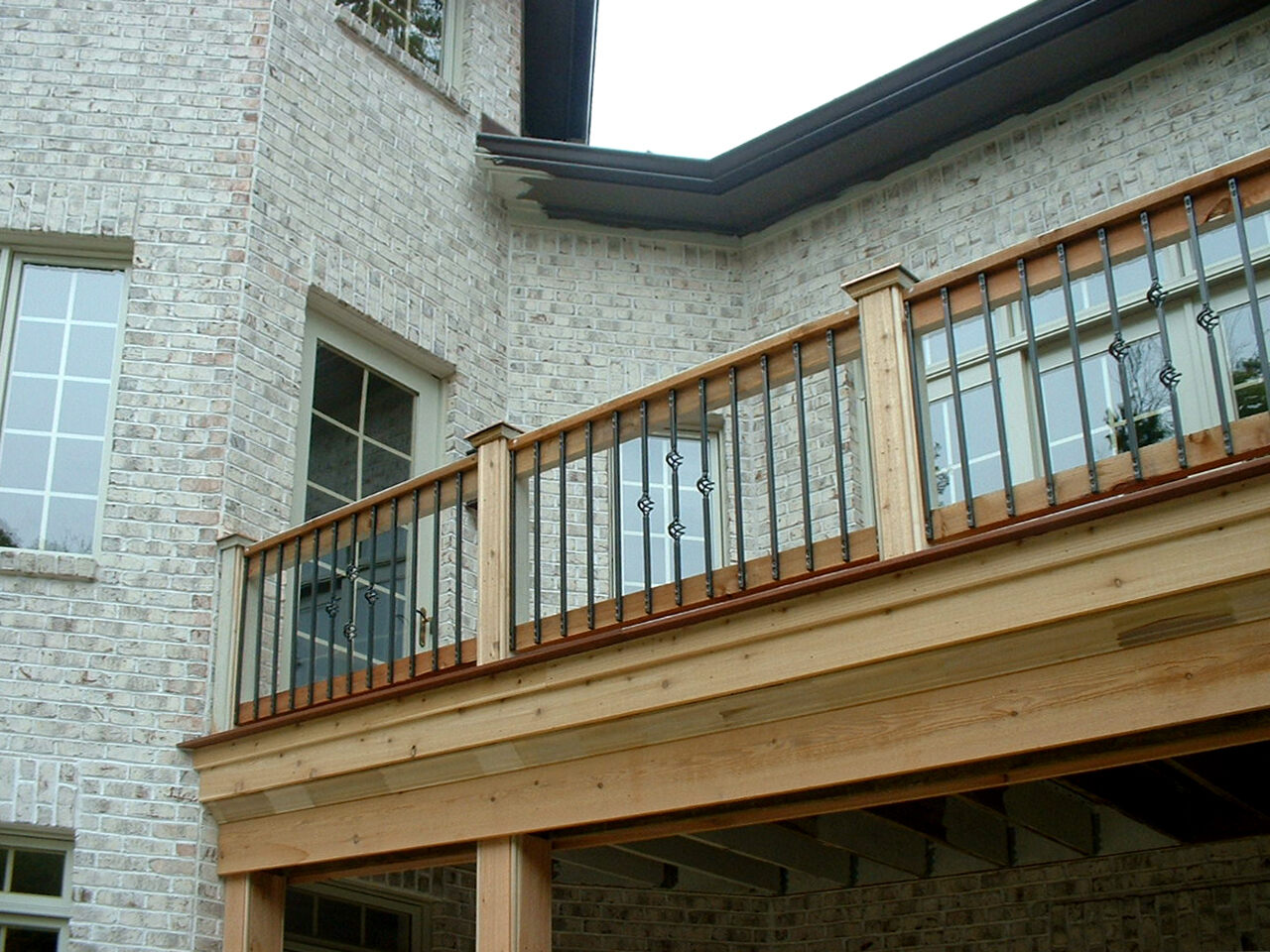
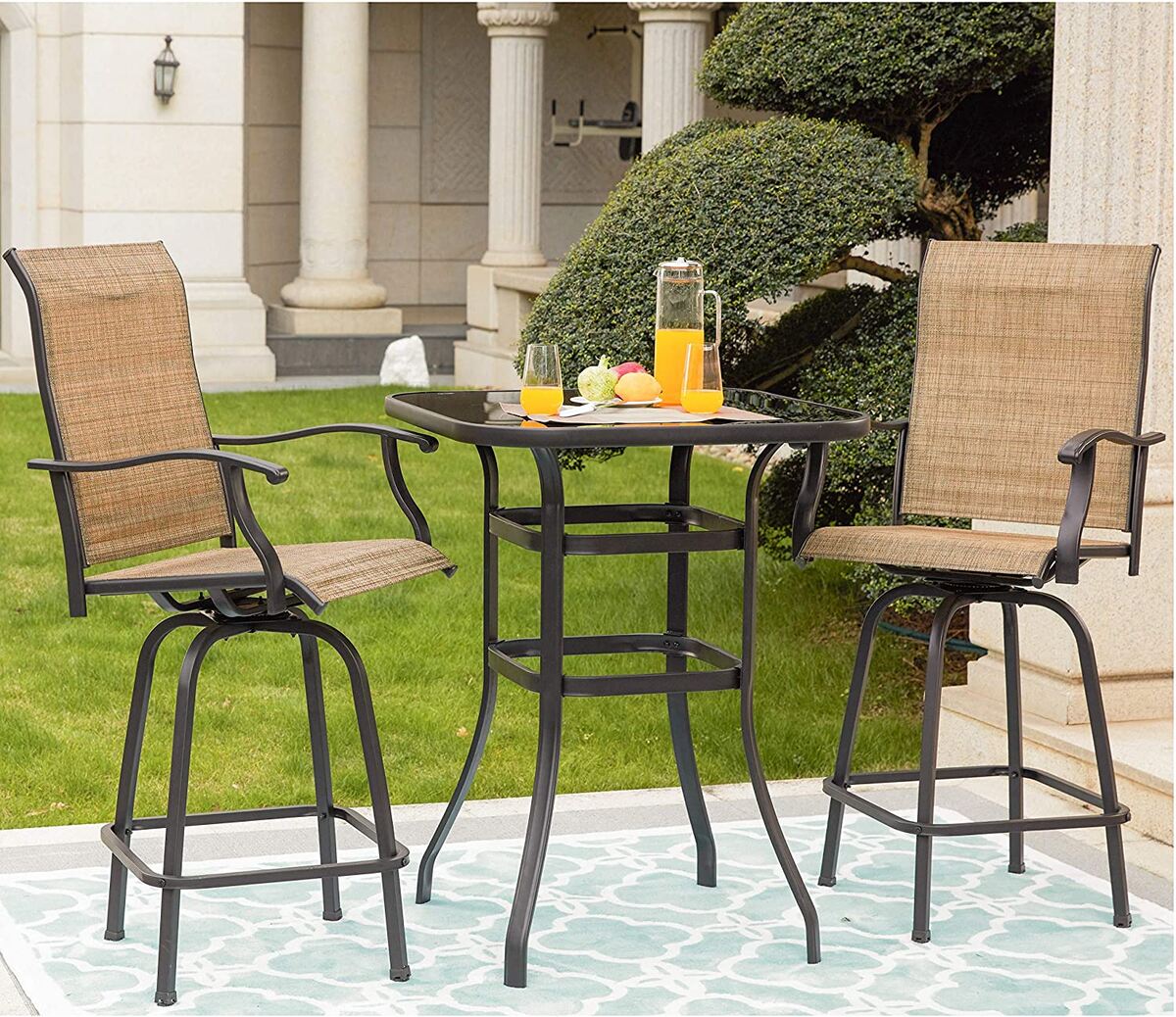
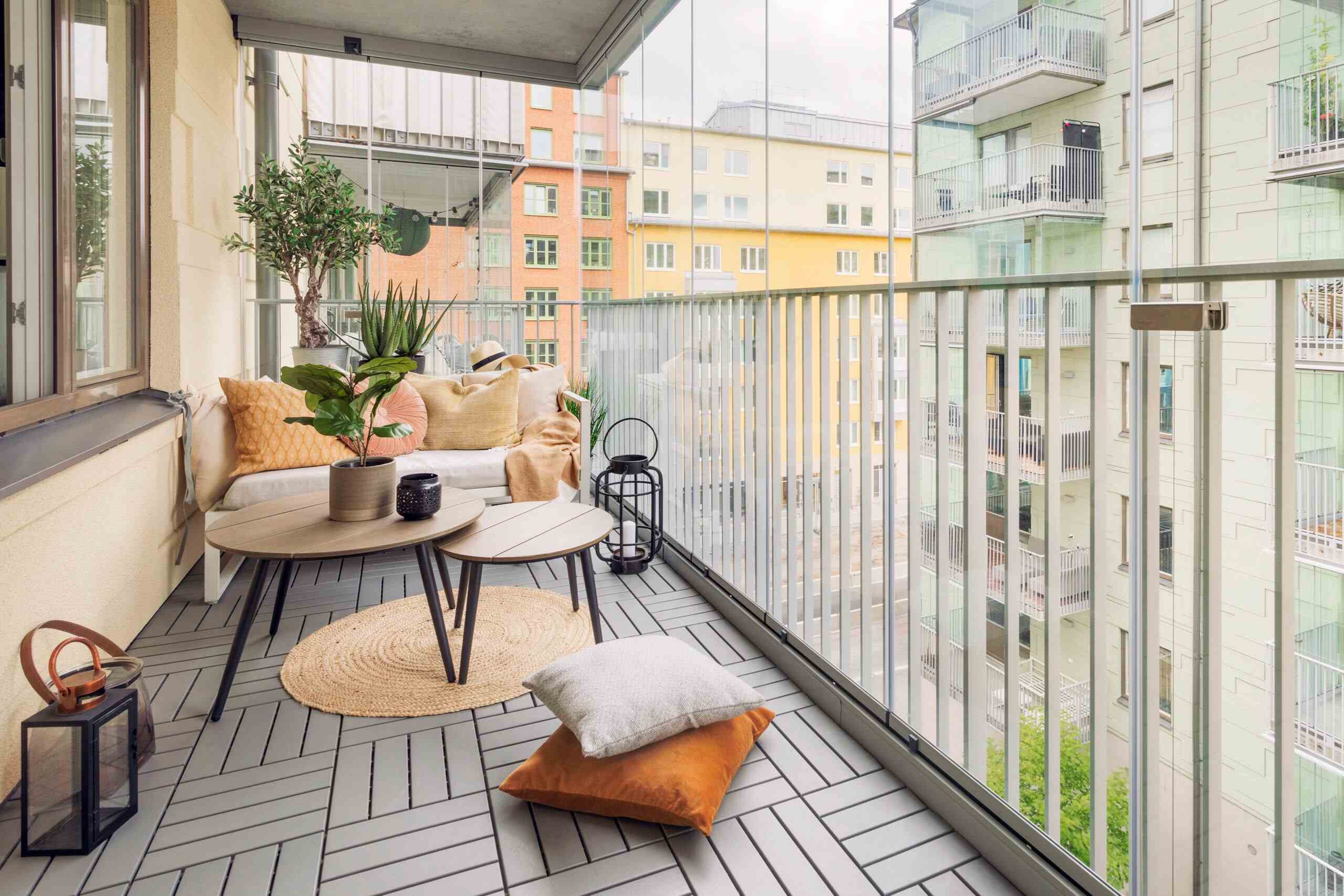
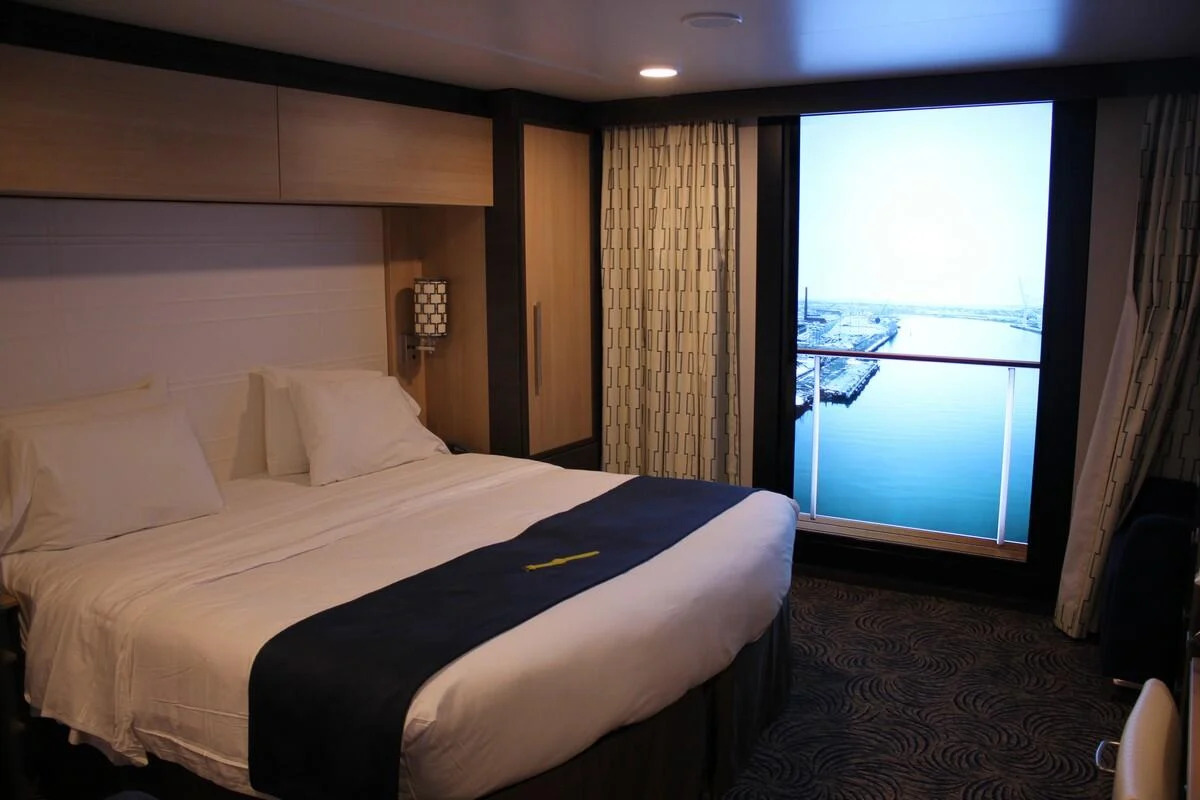
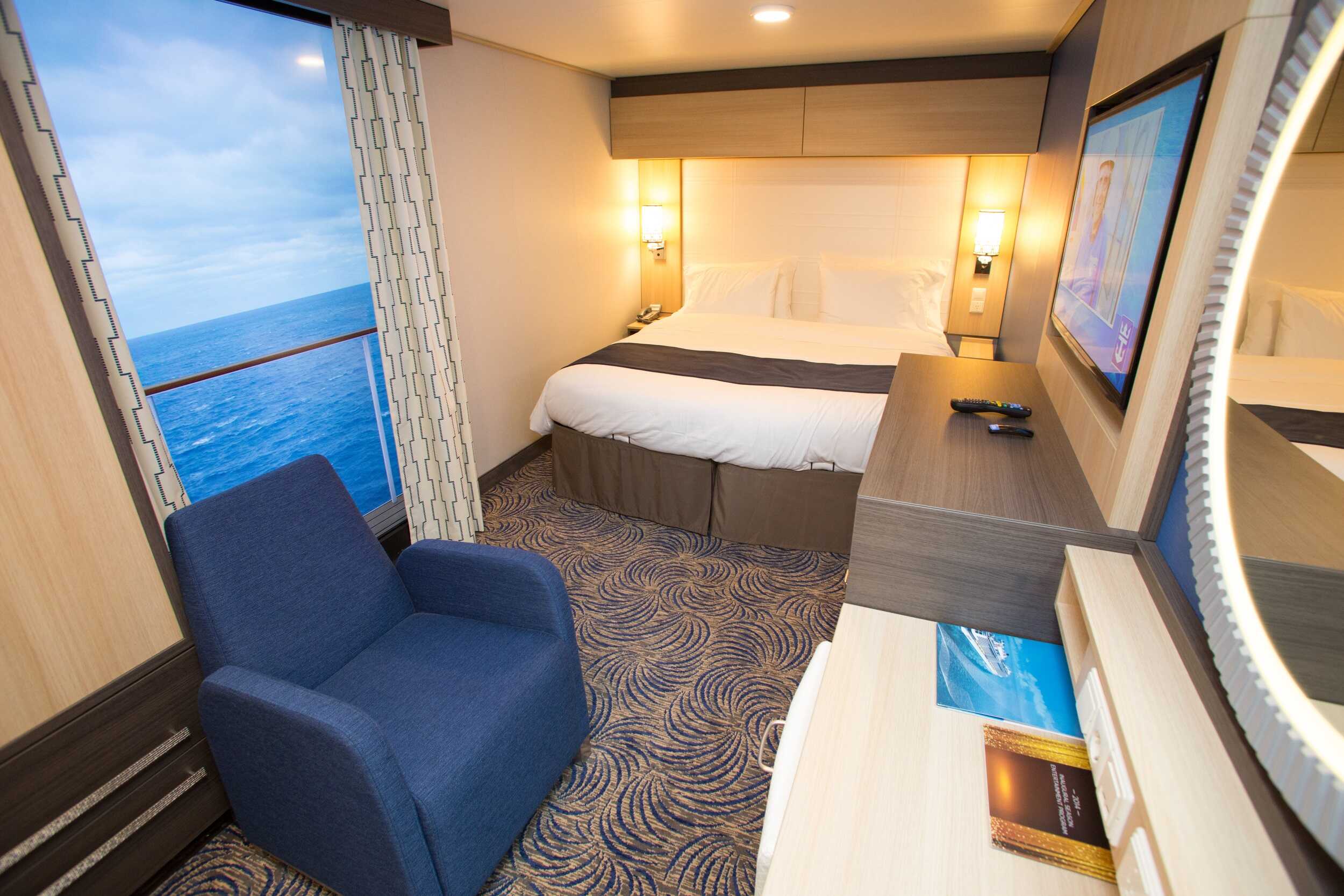
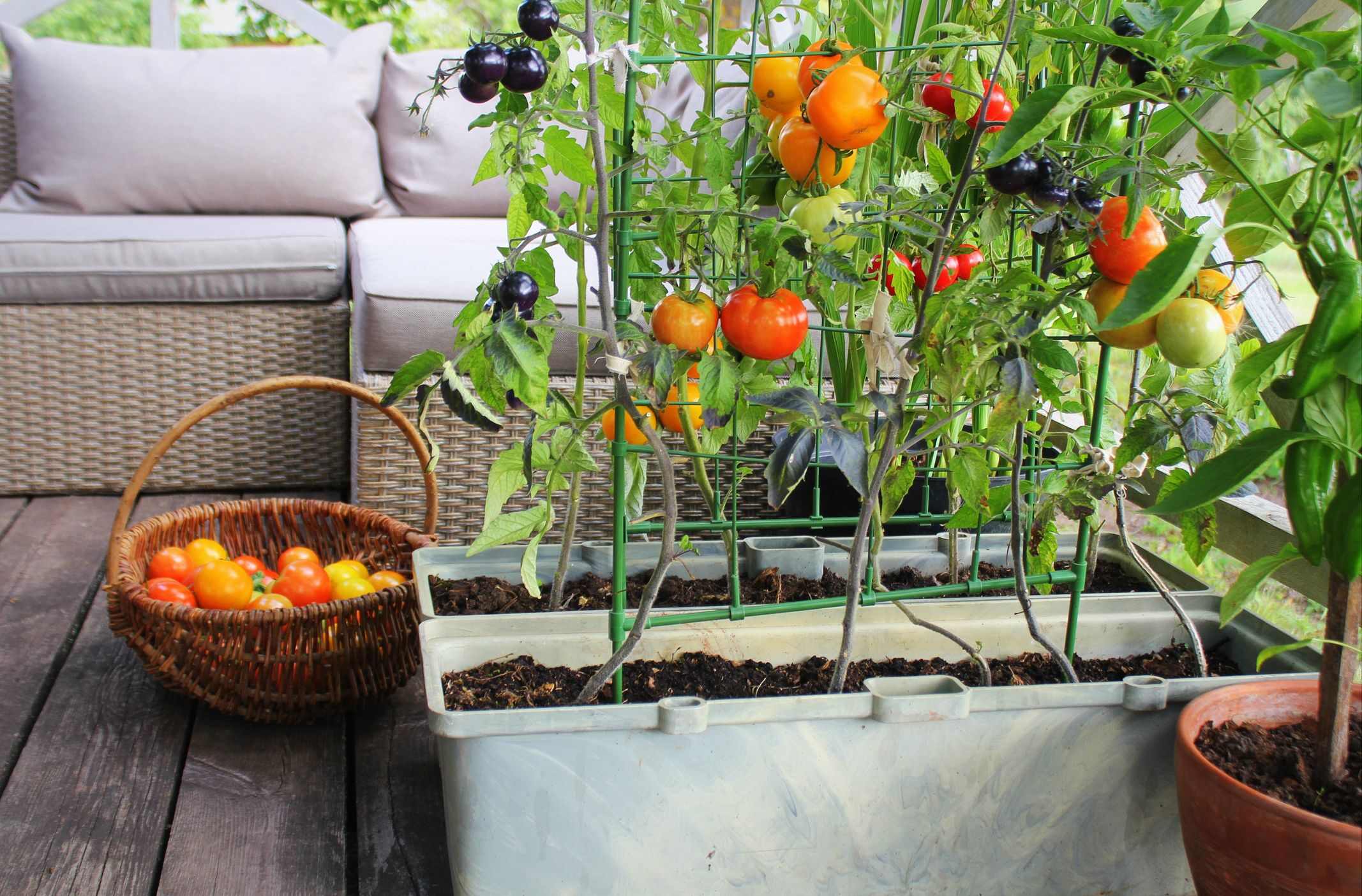
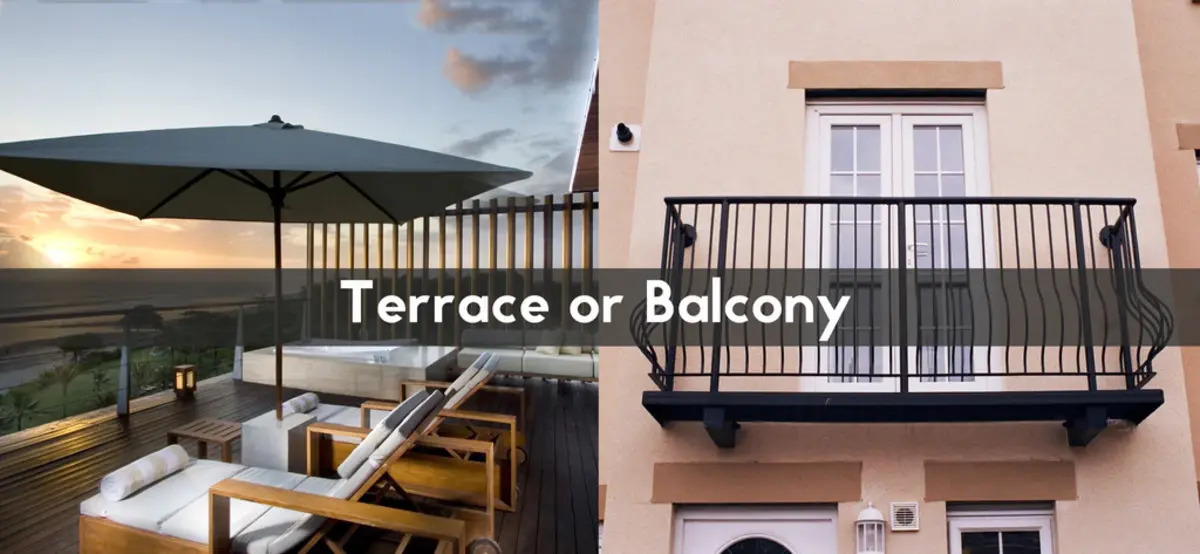
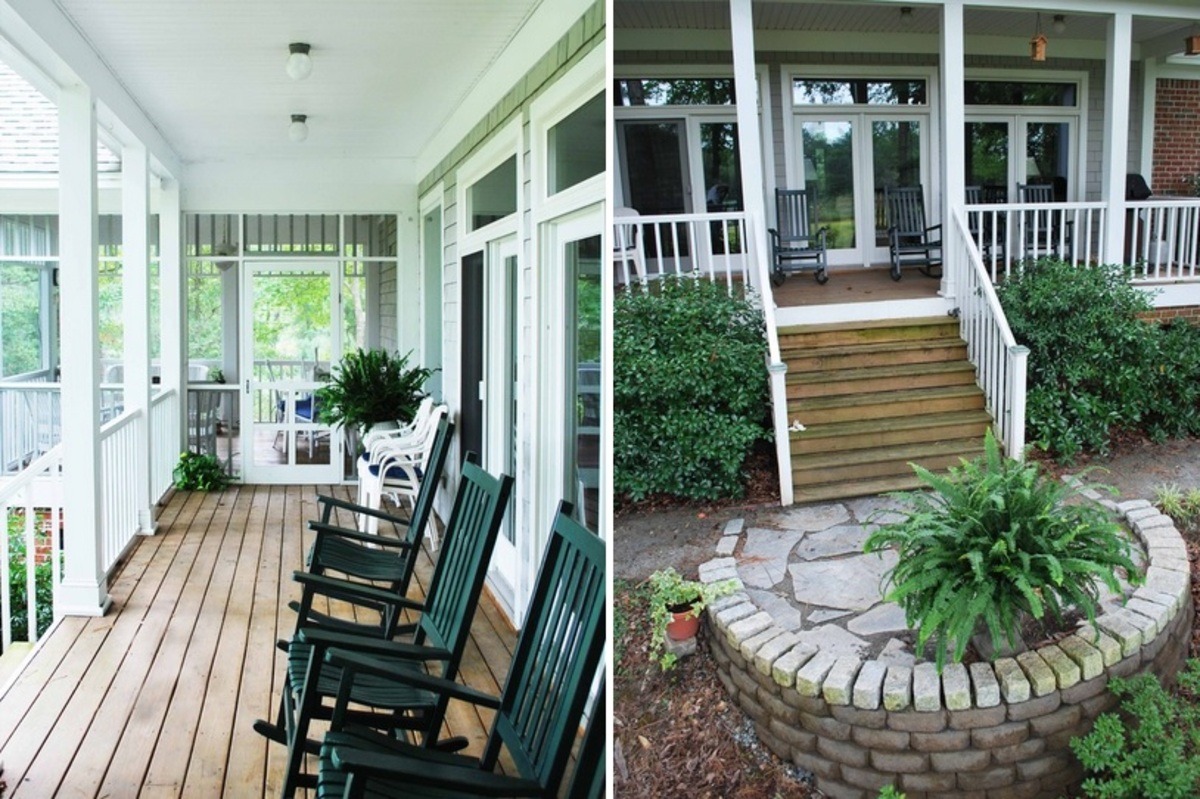
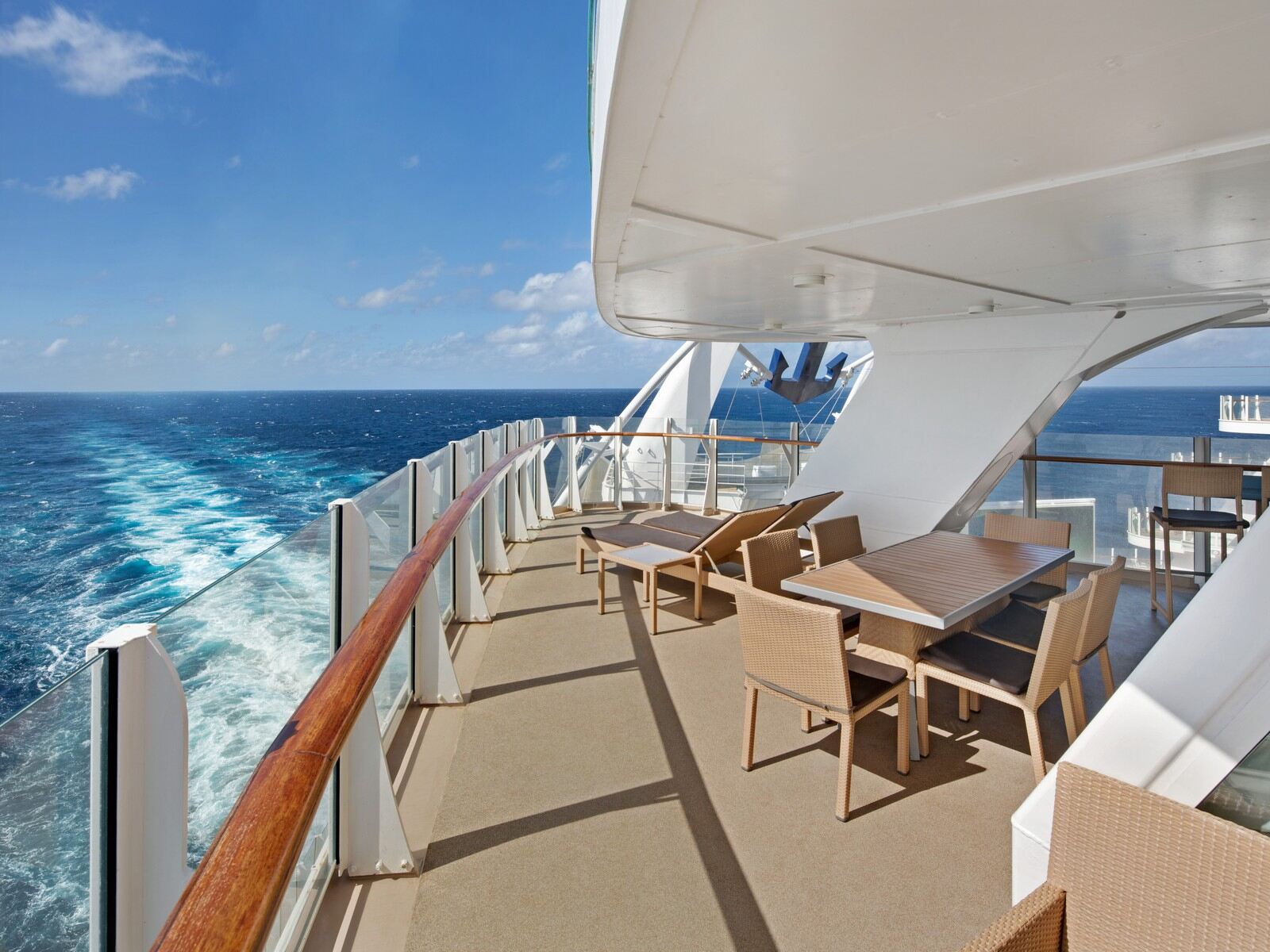
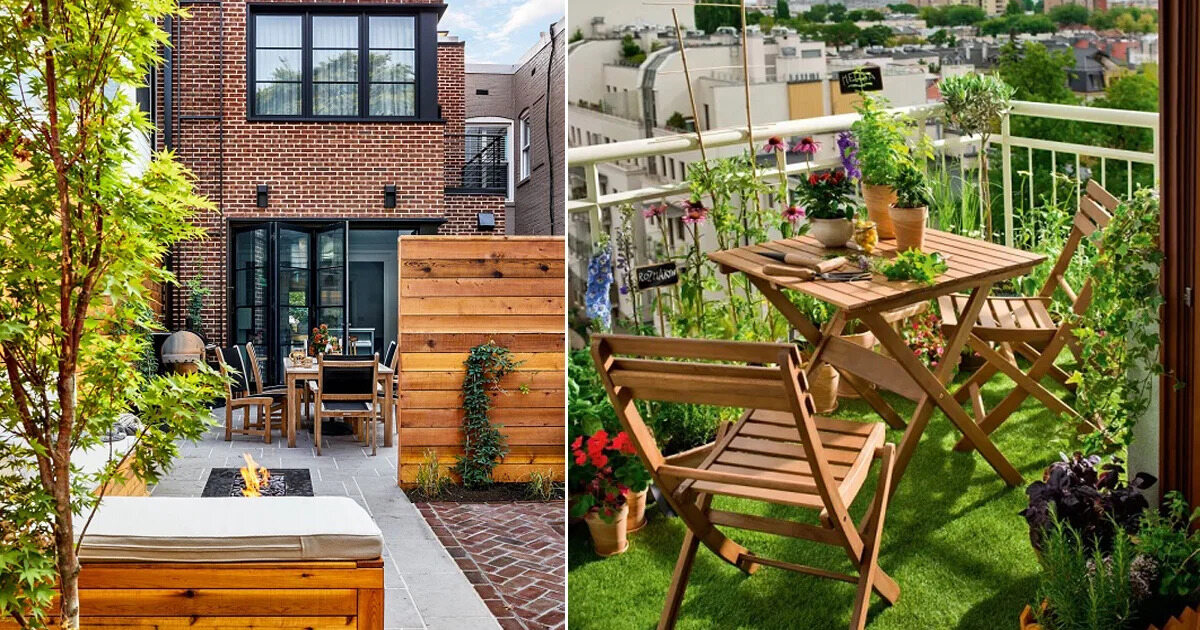

0 thoughts on “What Is Balcony”